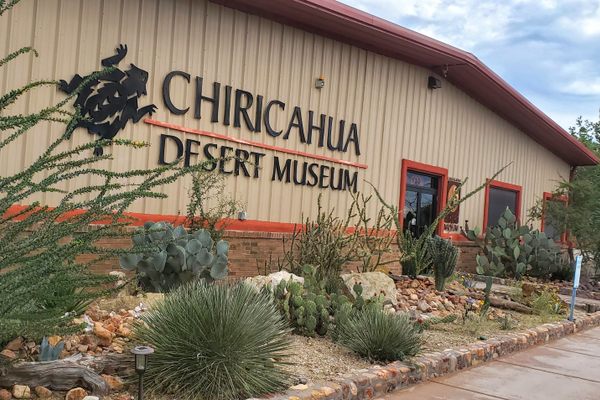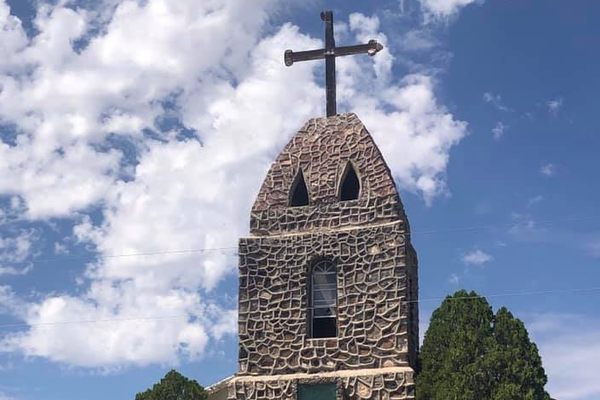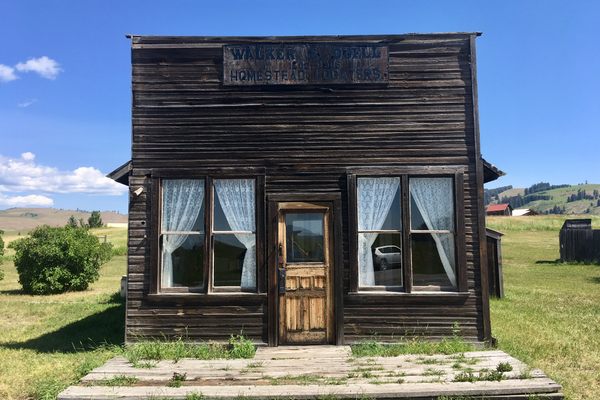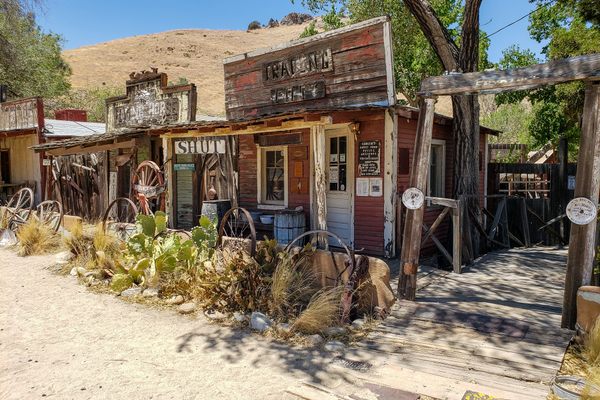Shakespeare Ghost Town
Some of the Old West's most notorious outlaws frequented this mining town.
This small New Mexico town has gone by many names. Old timers called it Mexican Springs, back when it served as a relay station on the Army Mail line. For a few years after the Civil War it was called Grant. In 1870 when some prospectors discovered a rich silver ore nearby, they renamed it Ralston City after William Ralston, who financed their mining operation. The promising camp was home to some 3,000 people, but once the silver disappeared, the population dwindled.
It was almost a ghost town in 1879 when Colonel William G. Boyle bought up most of the land and goods claims. In an attempt to give the town a fresh start, he gave it a new name: Shakespeare. Mining operations picked up again, and for a little while, the small town grew lively.
In its heyday, Shakespeare was a theater of old western tales filled with colorful characters. Rumor has it that the skinny kid who washed dishes at the hotel in the mid-1870s was none other than Billy the Kid. In 1881, notorious cattle raiders “Russian Bill” Tattenbaum and Sandy King were captured and hanged in Shakespeare. Records state that the men were executed because “Russian Bill stole a horse and Sandy King was just a damn nuisance.”
But all that glitters is not gold, and Shakespeare’s future was not meant to be. A larger town sprang up three miles away next to the new railroad, and the mines closed not long after the depression of 1893. In 1935, ranchers Frank and Rita Hill bought the abandoned town. In 1970, Shakespeare was declared a National Historic site. Today, the Shakespeare Foundation strives to preserve the town as a monument to the real Old West.
Know Before You Go
Shakespeare can be only visited under the supervision of a guide. Contact information and a schedule of guided tours are available on the official website.





















Follow us on Twitter to get the latest on the world's hidden wonders.
Like us on Facebook to get the latest on the world's hidden wonders.
Follow us on Twitter Like us on Facebook